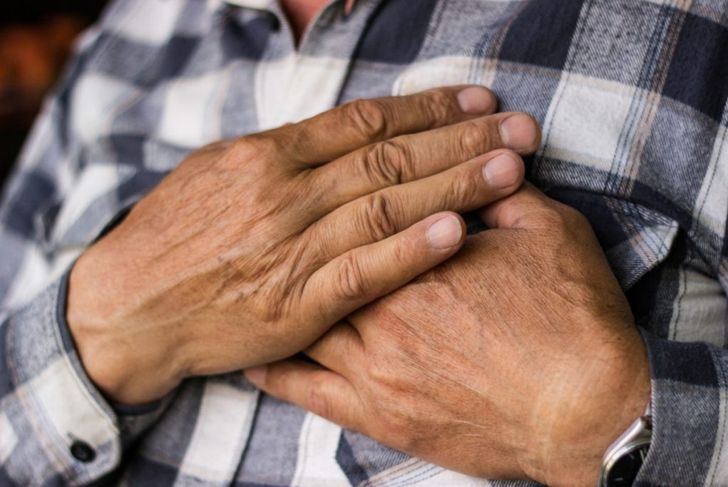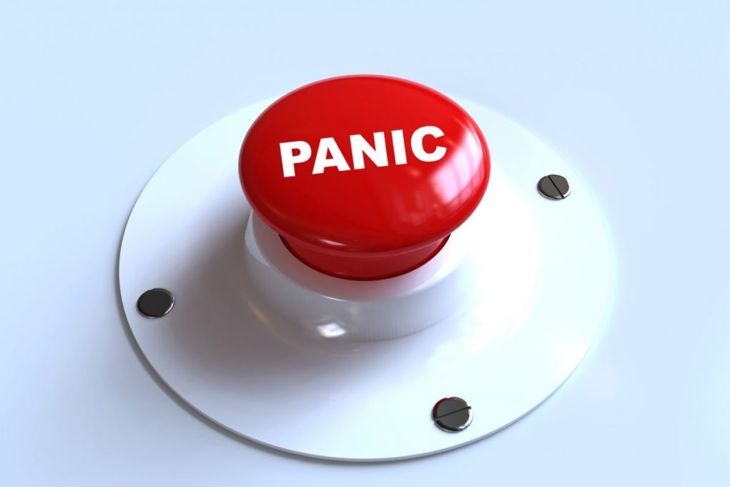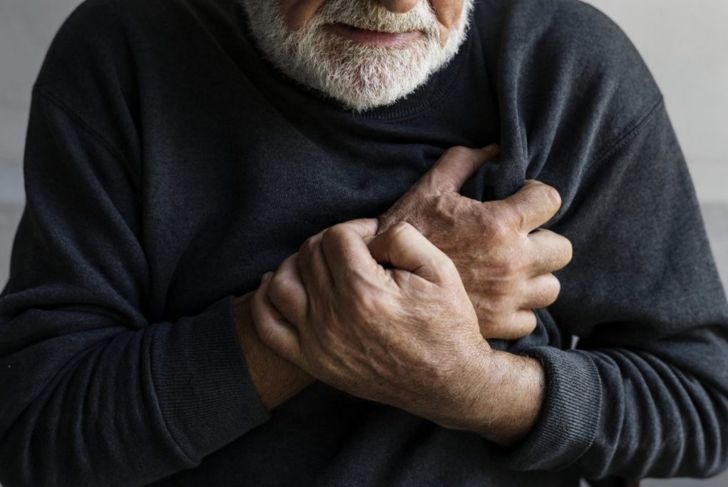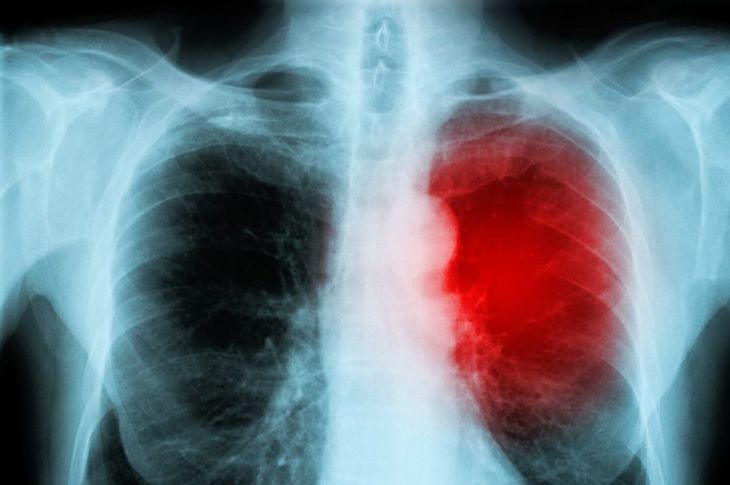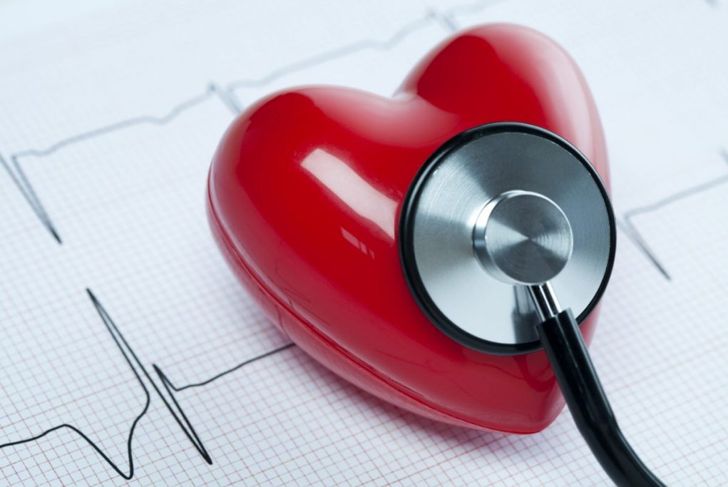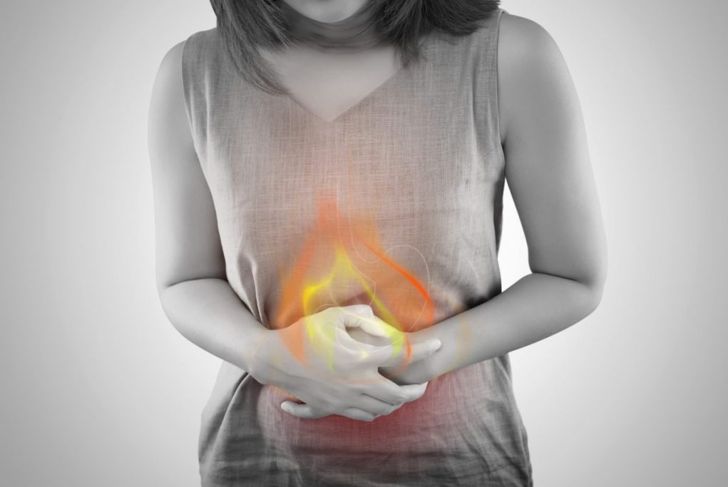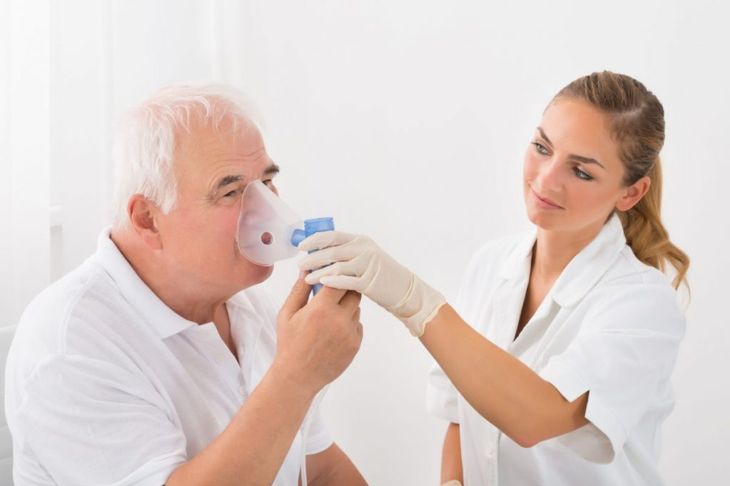Experiencing a strange feeling in your chest can cause you to worry, but many common chest pain symptoms have reasonable explanations. Chest pain can take many forms, ranging from fluttering, discomfort, heaviness, tightness, and sharp stabbing to burning. While a lot of chest pain can be benign, a serious condition is a possibility, and it does not hurt to see a doctor if you are concerned.
Chest Pain is Often Heart-Related
You might occasionally hear someone who’s experienced a heart attack say they didn’t have any chest pain. That tends to be because the pain the patient feels is more like mild discomfort. It’s hard to distinguish heart-related pain from other kinds of chest pain without seeing a medical professional. This is also true with other conditions; there are times the pain has nothing to do with the heart, but we’ll primarily look at heart-related conditions, here.
Symptom: Pressure in the Chest
The best description of pressure in the chest is a sense of fullness or tightness. Unfortunately, tightness in the chest and even shortness of breath can indicate anxiety as well as angina or reduced blood flow to the heart. If your heart isn’t getting enough blood, it simply won’t be able to function as it should. Taking these facts into consideration, if you’re experiencing shortness of breath and a full feeling in the chest, don’t hesitate to call 911.
Symptom: Heart-Squeezing Sensation
Other patients with angina describe the pressure as feeling as if a hand is squeezing your heart. As brutal and scary as it sounds, angina is a relatively common condition, affecting around nine million Americans and rising. Unlike cardiac arrest, however, angina causes no permanent damage. The condition presents in two main ways: stable and unstable. Stable angina comes and goes, coming on when your heart is working harder than usual. Unstable angina can appear out of nowhere, even if you’re sitting down. This type of angina is the more serious one and raises your risk of a heart attack.
Symptom: Sharp, Needle-Like Pain
Panic and anxiety attacks are tricky. Panic attacks can feel similar to the symptoms of a heart attack, especially as they seem to come out of nowhere. With the addition of shortness of breath and rapid heart palpitations, chest pain caused by anxiety often feels needle-like. People confuse anxiety attacks with heart attacks all the time. If you’re susceptible to anxiety and the pain is needling rather than tight, it likely relates to anxiety.
Symptom: Worsening pain
Pulmonary embolisms (PE) are blood clots that lodge themselves in one of the arteries of the lungs. Chest pain relating to pulmonary embolism is either gradual or sudden and sharp and gets worse with time. PE often starts as a clot in the leg that travels up to the lungs, so another symptom of this condition is swelling in the calf. People with pulmonary embolisms also often develop a cough with mucus that may contain blood. The pain created by a PE can feel very much like a heart attack,.
Heart Attacks Have Varied Symptoms
Heart attacks occur due to blockage in one of the arteries that supply blood to the heart. Pain will result when any muscle is starved of oxygen, and the heart is no different. Chest pain from heart attacks feels sharp and stabbing or like pressure in the chest, similar to angina. Other symptoms include numbness in the arm and a cold sweat. Heart attacks are always medical emergencies, and the sooner you seek help, the better. Once you are successfully stabilized, your physician will determine the right course of action.
Cause: Heart Inflammation
Heart inflammation comes in several forms. Two of these forms are myocarditis and pericarditis. Myocarditis is the most common condition of the two, and roughly 1.5 million cases occur annually around the globe. Its cause is most often a viral infection. Pericarditis, on the other hand, is incredibly rare. Making up only 0.1% of hospital admissions, pericarditis is an inflammation of the sac that surrounds the heart. Both viral and bacterial infections can cause it, as well as heart surgery. Symptoms of heart inflammation include mild chest pain or pressure and heart palpitations.
Cause: Cardiomyopathy
Cardiomyopathy is a general term applied to the stiffening of the heart chamber walls, which affects the heart’s ability to pump blood throughout the body. This condition can be genetic or can occur following a prior condition, and while common, can sometimes be serious. Symptoms of chest pain relating to cardiomyopathy might include irregular heart rhythm or swelling in the ankles and legs. Another symptom of cardiomyopathy is pain after eating or exercising.
Cause: Gastroesophageal Reflux Disease (GERD)
A burning sensation in the chest after eating is likely acid reflux. There’s a reason we all know it as heartburn. GERD is a persistent and more serious version of acid reflux. While symptoms relating to GERD don’t require a trip to the ER, they can cause problems down the line. Some of the symptoms, such as difficulty swallowing or a goiter-like feeling of fullness in the throat, are also quite frustrating. Stomach acid that doesn’t properly digest can irritate the esophagus, leading to more serious health concerns.
Cause: Chronic Obstructive Lung Disease (COPD)
Because the heart and lungs interconnect, COPD can cause a tight feeling in the chest. Like cardiomyopathy, COPD includes several conditions that inflame the airways. When there’s inflammation of the airways, air cannot flow as easily into the lungs. Samples of this are chronic bronchitis and the more serious emphysema. If you have tightness in the chest and difficulty breathing, seek help from a medical practitioner.

 Home
Home Health
Health Diet & Nutrition
Diet & Nutrition Living Well
Living Well More
More

